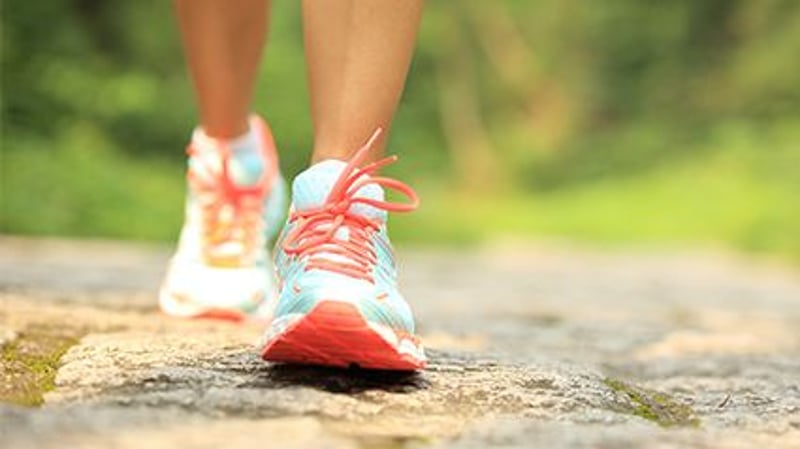Get Healthy!

- Denise Mann
- Posted October 25, 2022
Hate Long Workouts? 'Activity Snacks' May Work for You
Taking a quick walk or doing squats after you eat may help you retain muscle mass as you age, new research suggests.
So-called "activity snacks"-- short bouts of exercise -- may help maintain muscle mass and quality by allowing your body to use more amino acids from food, explained study author Daniel Moore, an associate professor of muscle physiology at the University of Toronto, in Canada. When you eat protein, your body breaks the protein down into amino acids to repair and grow new muscle mass.
"If we move, we are better able to use the food that we eat to build and maintain muscle mass,"Moore said.
Other researchers have shown the benefits of small bursts of activity as opposed to longer bouts, but the new study is the first to show how such activity snacks improve muscle mass. The new study included young adults in their 20s, but the findings were so robust that researchers believe they will also hold for older adults, who are known to lose muscle mass at a more rapid rate.
For the study, the researchers measured how well 12 folks used amino acids from meals to build muscle mass in three trials where sitting was interrupted every 30 minutes by short bouts of walking or body-weight squats.
When participants engaged in these activities, there were improvements in how well amino acids repaired or replaced old or damaged muscle, the study found.
"Finding ways to prevent being sedentary after eating is best for metabolic health and our overall muscle mass quality,"Moore said.
These small bouts of activity should ideally be in addition to current exercise guidelines that call for 150 minutes of moderate-intensity physical activity and two days of muscle-strengthening activity per week, according to the current Physical Activity Guidelines for Americans.
"They go hand in hand,"Moore said. "Meeting current exercise guidelines comes first and foremost, but if you can't do that on certain days, this is the next best thing."
Next, researchers plan to test this theory in older folks who are at higher risk of losing muscle mass.
The findings were published recently in the Journal of Applied Physiology.
Sitting is the new smoking when it comes to health risks, and physical activity can help counter the negative effects of prolonged sitting, said Melissa Bates, an assistant professor of health and human physiology at the University of Iowa, in Iowa City.
Still, it's challenging to get people to hit the gym for an hour or go for a long run.
"This paper shows that even short bouts of physical activity can be effective in promoting muscle protein synthesis, and should encourage people that even short bouts of physical activity can be effective and are certainly more effective than no activity at all,"Bates said.
"Whether it is through three 50-minute walks or 50 three-minute walks a week, both meet the physical activity guidelines and are effective in combating the effects of prolonged sedentary time on cardiovascular risk,"she explained.
"These shorter bouts may be more attainable for people who cannot work prolonged workouts into their routine,"Bates suggested
The bottom line? "Just move," she said.
More information
The U.S. National Institutes of Health has more on the risks of too much sitting.
SOURCES: Daniel Moore, PhD, associate professor, muscle physiology, University of Toronto, Ontario, Canada; Melissa Bates, PhD, assistant professor, health and human physiology, University of Iowa, Iowa City; Journal of Applied Physiology, September 2022
